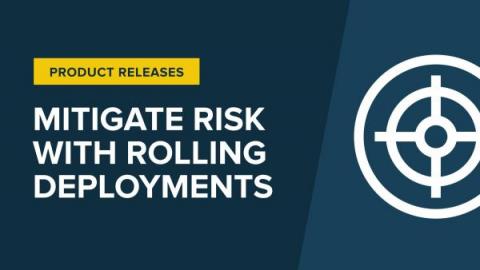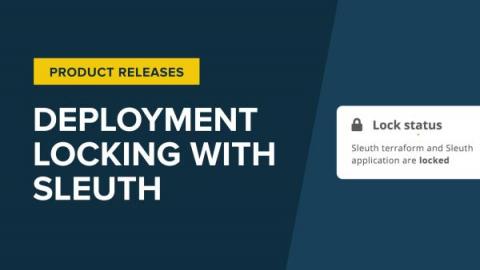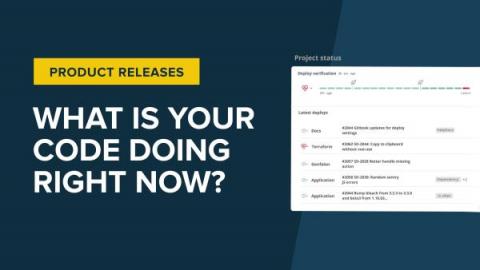Deployment Tracking Is Critical for Software Teams. Here's Why.
In order to have the most successful deployment, there are a few best practices that software development teams should be mindful of. First, following a continuous delivery approach allows software development teams to release in shorter cycles, so that building, testing, and releasing can be done with greater speed and reduced error rates. As stated in an earlier post of ours, you’re doing continuous delivery when: Your software is deployable throughout its lifecycle.









